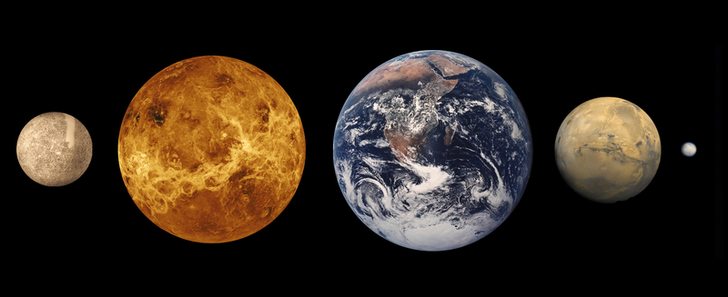I must have learned this some time back in my life, but completely forgot it. So, the explanation for this "simple" question is: the "minimum energy" concept. It states that the sphere is the most stable of all geometric shapes found in nature and, because of that, the particles need less energy to achieve that format.
What makes it so stable is that it is the only shape where all superficial points are equally far from the center and, for planets, this is vital. Since they're bodies with an enormous amount of mass, they have a very strong gravitational field, which sucks everything to its center. That way, the spherical shape is the only one who can guarantee that everything that lies on the surface won't be sucked to the center of the planet because of the gravity.
Oh, and as many know, planets aren't perfect spheres - that much I remembered. The distortion on their original shape happens because of the revolution movement, which flattens the poles.
What makes it so stable is that it is the only shape where all superficial points are equally far from the center and, for planets, this is vital. Since they're bodies with an enormous amount of mass, they have a very strong gravitational field, which sucks everything to its center. That way, the spherical shape is the only one who can guarantee that everything that lies on the surface won't be sucked to the center of the planet because of the gravity.
Oh, and as many know, planets aren't perfect spheres - that much I remembered. The distortion on their original shape happens because of the revolution movement, which flattens the poles.
~Ally

 RSS Feed
RSS Feed